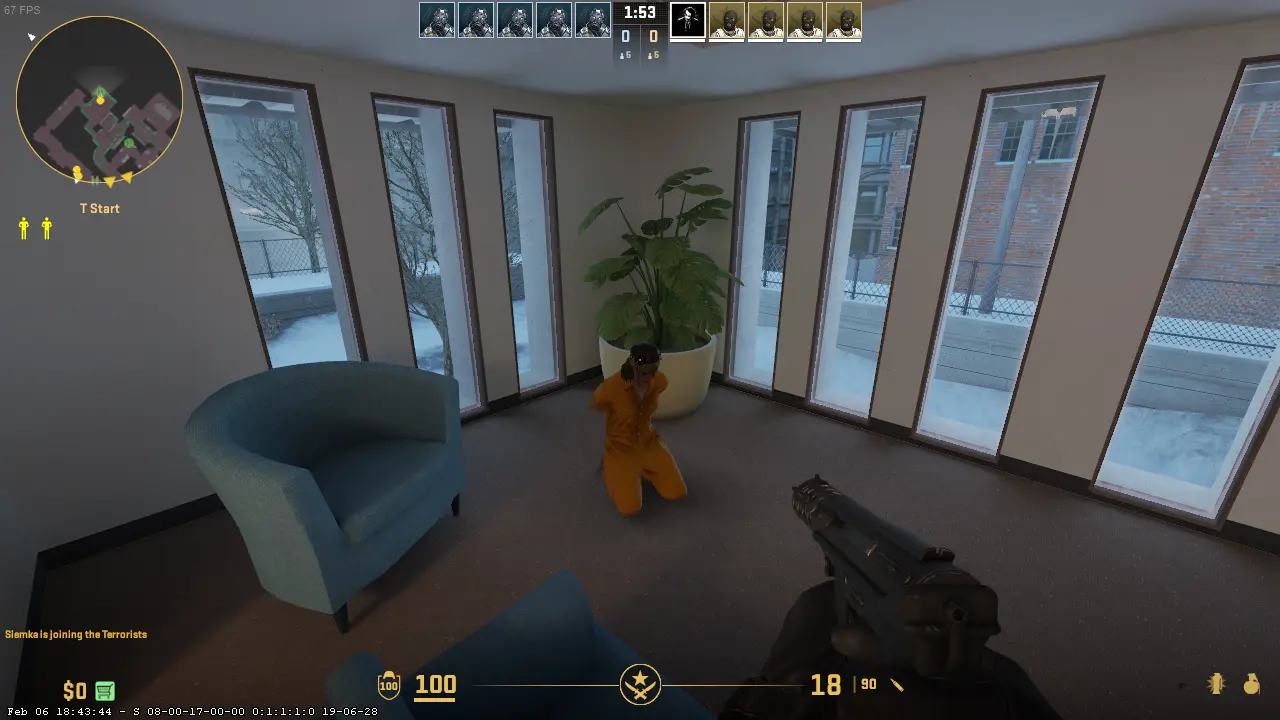Boss Nha Cai: Your Guide to Winning Big
Explore the latest tips and trends in online betting.
Hostage Havoc: Crafting the Perfect CS2 Map for Intense Rescues
Unlock the secrets to creating thrilling CS2 maps! Explore tips and tricks for intense hostage rescue gameplay that will keep players on edge!
Top 5 Elements to Include in a CS2 Hostage Rescue Map
Creating a compelling CS2 hostage rescue map requires careful consideration of various elements that enhance gameplay and realism. The first crucial element is map layout. A well-designed layout includes multiple pathways and vantage points, allowing both rescuers and captors to strategize effectively. Consider integrating a central objective area, which can serve as the focal point for engagements. Additionally, incorporate cover objects such as boxes, walls, and other structures to facilitate tactical maneuvers and firefights.
The second element is environmental details. A rich environment not only makes the map visually appealing but also contributes to immersion. Players engage more deeply when they can interact with a semi-realistic setting. This includes adding ambient sounds, varied textures, and lighting that reflects the atmosphere intended for your map. Lastly, don't forget to implement health and ammo pickups strategically throughout the map. Providing these resources will encourage exploration and tactical play, keeping the gameplay dynamic and engaging.

Counter-Strike is a popular tactical first-person shooter game that has gained a massive following since its inception. Players engage in team-based combat, where they can choose to be part of either the terrorist or counter-terrorist team. If you're curious about how to get cases in cs2, there are various in-game activities and events that can help you collect them while enjoying the intense gameplay.
How to Balance Gameplay Mechanics for Thrilling Hostage Scenarios in CS2
Balancing gameplay mechanics in CS2 for thrilling hostage scenarios requires a careful approach to both player engagement and tactical depth. The first step is to ensure that the hostage mechanics are not just an afterthought but are imbued with dynamic consequences. This can be achieved by implementing a system where hostage status affects the round's outcome significantly. For instance, consider creating a system where rescuing a hostage grants the team substantial rewards, such as valuable weapons or benefits for subsequent rounds, while failing to secure them leads to penalties that affect the team's economy.
Another critical aspect of balancing is adjusting the map design and environment to encourage strategic play without overemphasizing firepower. Hostage scenarios should have chokepoints and hiding spots that foster tactical decision-making. To further enhance the thrill, consider implementing a mechanic where players can choose to negotiate or intimidate the opposing team instead of solely relying on combat. By incorporating these mechanics, CS2 can create an immersive experience that challenges players to think critically and cooperate, ultimately leading to memorable gameplay moments.
What Makes a Great CS2 Hostage Map? Key Features and Design Principles
Creating a great CS2 hostage map requires a careful balance of design principles and gameplay mechanics. A well-structured map offers distinct areas for both the hostages and rescue teams, ensuring that players have clear objectives and pathways. Key features include balanced terrain, which allows for diverse strategies, and adequate cover for both sides. Thus, the layout should incorporate elements such as open spaces for combat, tight corridors for ambushes, and designated safe zones for hostages that emphasize the need for strategy and teamwork.
Moreover, the aesthetic appeal of a CS2 hostage map can significantly enhance player engagement. Incorporating thematic elements that align with the map's narrative can create a more immersive experience. Additionally, it's crucial to implement clear signage and environment cues that aid players in navigation. To maintain fluid gameplay, attention should also be given to spawn points to prevent camping and promote movement. Combining these design principles fosters a captivating environment that keeps players coming back for more action.